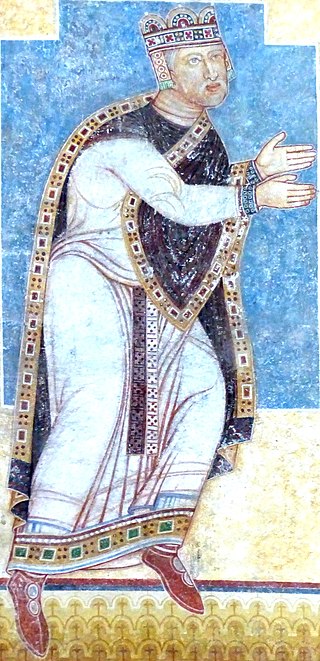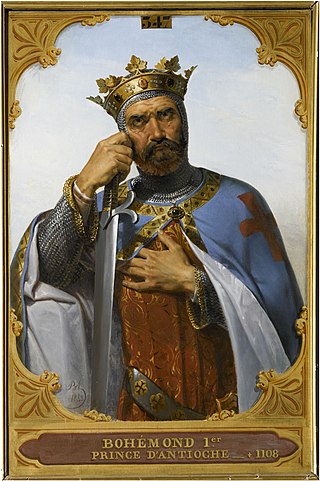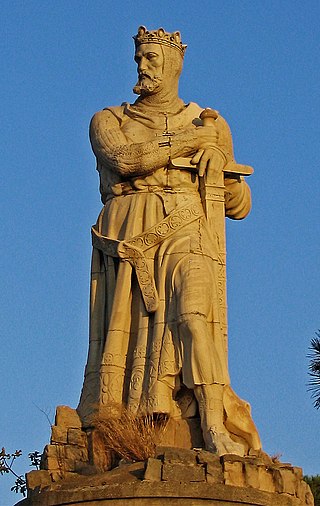The 1100s was a decade of the Julian Calendar which began on January 1, 1100, and ended on December 31, 1109.

Year 1144 (MCXLIV) was a leap year starting on Saturday of the Julian calendar.

Year 1122 (MCXXII) was a common year starting on Sunday of the Julian calendar.
The 1120s was a decade of the Julian Calendar which began on January 1, 1120, and ended on December 31, 1129.
The 1140s was a decade of the Julian Calendar which began on January 1, 1140, and ended on December 31, 1149.

Year 1179 (MCLXXIX) was a common year starting on Monday of the Julian calendar.
The 1110s was a decade of the Julian Calendar which began on January 1, 1110, and ended on December 31, 1119.

Year 1119 (MCXIX) was a common year starting on Wednesday of the Julian calendar.

Year 1110 (MCX) was a common year starting on Saturday of the Julian calendar.

Year 1180 (MCLXXX) was a leap year starting on Tuesday of the Julian calendar.

Year 1103 (MCIII) was a common year starting on Thursday of the Julian calendar.

Year 1176 (MCLXXVI) was a leap year starting on Thursday of the Julian calendar, the 1176th year of the Common Era (CE) and Anno Domini (AD) designations, the 176th year of the 2nd millennium, the 76th year of 12th century, and the 7th year of the 1170s decade.

Year 1182 (MCLXXXII) was a common year starting on Friday of the Julian calendar.

Year 1104 (MCIV) was a leap year starting on Friday of the Julian calendar.
Year 1108# (MCVIII) was a leap year starting on Wednesday of the Julian calendar.

Baldwin II, also known as Baldwin of Bourcq, was Count of Edessa from 1100 to 1118, and King of Jerusalem from 1118 until his death. He accompanied Godfrey of Bouillon and Baldwin of Boulogne to the Holy Land during the First Crusade. He succeeded Baldwin of Boulogne as the second count of Edessa when he left the county for Jerusalem following his brother's death. He was captured at the Battle of Harran in 1104. He was held first by Sökmen of Mardin, then by Jikirmish of Mosul, and finally by Jawali Saqawa. During his captivity, Tancred, the ruler of the Principality of Antioch, and Tancred's cousin, Richard of Salerno, governed Edessa as Baldwin's regents.
Joscelin I was a Frankish nobleman of the House of Courtenay who ruled as the lord of Turbessel, prince of Galilee (1112–1119) and count of Edessa (1118–1131). The County of Edessa reached its zenith during his rule. Captured twice, Joscelin continued to expand his county, even participating in the Battle of Azaz in 1125. Gravely injured during the collapse of a sapper mine, Joscelin marched his army to relieve the besieged fortress of Kaysun, and died soon after.

The siege of Sidon was an event in the aftermath of the First Crusade. The coastal city of Sidon was captured by the forces of Baldwin I of Jerusalem and Sigurd I of Norway, with assistance from the Ordelafo Faliero, Doge of Venice.

The Venetian Crusade of 1122–1124 was an expedition to the Holy Land launched by the Republic of Venice that succeeded in capturing Tyre. It was an important victory at the start of a period when the Kingdom of Jerusalem would expand to its greatest extent under Baldwin II of Jerusalem. The Venetians gained valuable trading concessions in Tyre. Through raids on Byzantine territory both on the way to the Holy Land and on the return journey, the Venetians forced the Byzantines to confirm, as well as extend, their trading privileges with the empire.
Waleran (Galéran) of Le Puiset, son of Hugh I of Le Puiset and Alice de Montlhéry. Seigneur of Birejik.













